Choosing the right oven for your culinary endeavors is a crucial decision that can significantly impact the quality and variety of dishes you can prepare. Whether you’re a seasoned chef, an avid baker, or someone simply looking to upgrade their home kitchen appliances, selecting an oven that suits your needs is vital. With the myriad of options available in the market, from conventional to convection, gas to electric, and even microwave ovens with convection capabilities, the process can be overwhelming. This guide aims to demystify the selection process by providing comprehensive insights into the various factors you should consider when choosing the right oven for your kitchen.
Understand Your Cooking and Baking Needs
Before diving into the specifics of oven types and features, start by assessing your cooking and baking needs. Are you primarily interested in baking cakes, cookies, and breads? Do you enjoy roasting meats and vegetables? Or perhaps, you’re looking for an oven that can handle a variety of cooking techniques, including broiling, grilling, and dehydrating? Understanding your culinary preferences will help narrow down your options and ensure you choose an oven that aligns with your cooking style.
-
Baking Enthusiasts: If baking is your passion, look for ovens with precise temperature control and even heat distribution. Convection ovens, which use a fan to circulate hot air, are ideal for baking as they ensure consistent heat throughout the oven cavity, leading to more evenly baked goods.
-
Meat Lovers: For roasting meats and vegetables, conventional ovens or those with broiling capabilities might be more suitable. Gas ovens, known for their rapid preheating and responsive temperature adjustments, are favored by many chefs for roasting due to their ability to create a sear on meats, locking in juices and flavors.
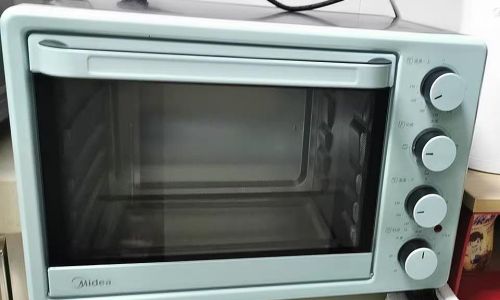
-
Versatile Cooking: If you’re seeking an oven that can handle a wide range of cooking techniques, consider multi-functional ovens. These often come with various modes, such as convection, microwave, grill, and dehydration, allowing you to prepare a variety of dishes with just one appliance.
Types of Ovens: A Breakdown
-
Conventional Ovens: These are the most basic and widely available ovens. They use radiant heat from heating elements (usually at the top and bottom) to cook food. While they are effective for many recipes, they may not provide the same level of heat distribution and efficiency as convection ovens.
-
Convection Ovens: As mentioned earlier, convection ovens use a fan to circulate hot air, ensuring even heat distribution. This results in faster cooking times and more consistent results, especially for baking. They are often more energy-efficient than conventional ovens.
-
Gas Ovens: Gas ovens use natural gas or propane to heat up, providing quick and responsive temperature adjustments. They are preferred by some chefs for their ability to create a sear on meats and for their generally lower running costs compared to electric ovens.
-
Combination Ovens: These ovens combine multiple cooking technologies, such as convection, microwave, and steam, into one appliance. They offer versatility and can be particularly useful in small kitchens where space is limited.
-
Toaster Ovens and Countertop Ovens: Smaller and more affordable, these ovens are ideal for those with limited kitchen space or who only need an oven for occasional use. They are great for toasting, baking small batches, and even roasting small cuts of meat.
-
Microwave Ovens with Convection: These appliances combine the speed of microwave cooking with the even heat distribution of convection. They are perfect for those who want the convenience of a microwave but also appreciate the ability to bake and roast.
Size and Capacity
The size and capacity of the oven are crucial factors to consider, especially if you plan on cooking for a large family or entertaining frequently. Standard oven sizes range from compact countertop models to full-sized ranges suitable for commercial kitchens.
-
Countertop Ovens: Ideal for small kitchens or apartments, countertop ovens are usually compact and offer capacities ranging from 0.5 to 2 cubic feet. They are perfect for single individuals or small families.
-
Mid-Sized Ovens: These ovens, typically ranging from 2 to 4 cubic feet, are suitable for most home kitchens. They offer enough space to cook multiple dishes simultaneously, making them ideal for families and frequent entertainers.
-
Large Ovens: For those with large families or who enjoy hosting large gatherings, ovens with capacities exceeding 4 cubic feet are recommended. These ovens provide ample space for roasting large cuts of meat, baking multiple trays of cookies, or preparing large casseroles.
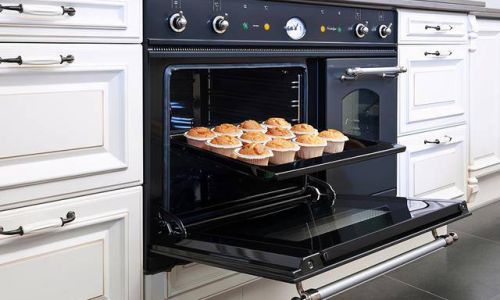
Features to Look For
-
Temperature Control: Precision in temperature control is essential for consistent cooking results. Look for ovens with adjustable thermostats that allow you to set the exact temperature needed for your recipes.
-
Self-Cleaning Function: Self-cleaning ovens use high temperatures to burn off food residue, making maintenance easier. While this feature adds to the cost, it can save you time and effort in the long run.
-
Interior Lighting: An interior light allows you to monitor the cooking process without opening the oven door, which can cause temperature fluctuations.
-
Convection Setting: If you enjoy baking, a convection setting is a must. It ensures even heat distribution, leading to better baking results.
-
Programmable Controls: Many modern ovens come with programmable controls that allow you to set cooking times and temperatures in advance. This can be particularly useful for busy cooks who need to multitask.
-
Energy Efficiency: Look for ovens with high energy efficiency ratings. This not only helps reduce your carbon footprint but can also save you money on electricity bills.
Budget Considerations
The cost of ovens can vary widely, depending on size, features, and brand. Setting a budget before you start shopping will help narrow down your options and prevent overspending. Remember, the most expensive oven isn’t necessarily the best; it’s about finding the one that best meets your needs and fits within your financial constraints.
Brand and Reliability
When it comes to appliances, brand reputation and reliability are important considerations. Research brands with a good track record for quality and customer service. Reading reviews from both professionals and consumers can provide valuable insights into the performance and longevity of different models.
Conclusion
Choosing the right oven is a significant investment that can greatly enhance your culinary experience. By understanding your cooking needs, researching different oven types, considering size and capacity, evaluating key features, setting a budget, and researching brands, you can make an informed decision that will serve you well for years to come. Remember, the perfect oven is not just about the latest technology or the most expensive model; it’s about finding the one that best suits your cooking style and kitchen space, enabling you to create delicious meals with ease and confidence. Happy cooking!


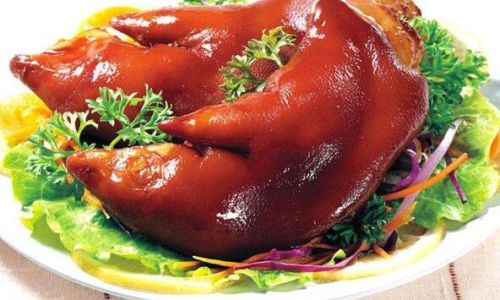
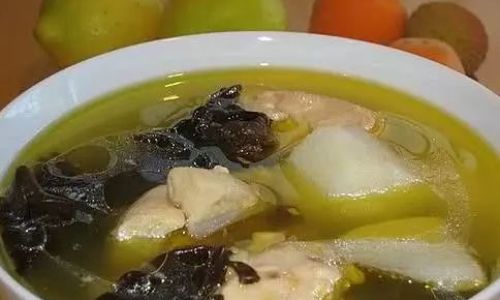

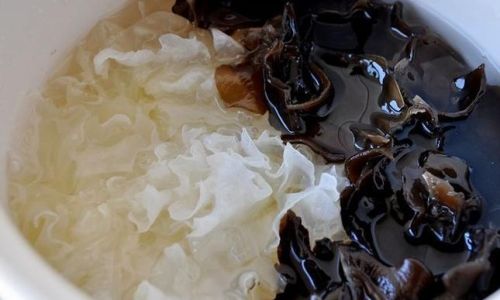
0 comments